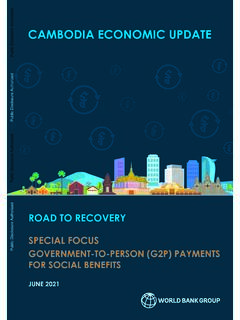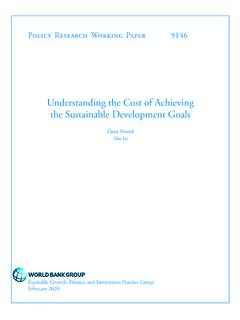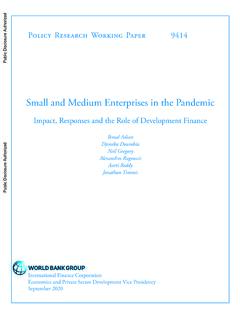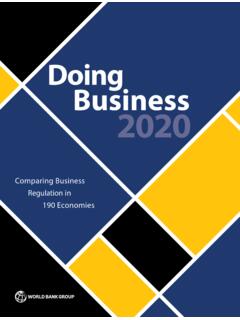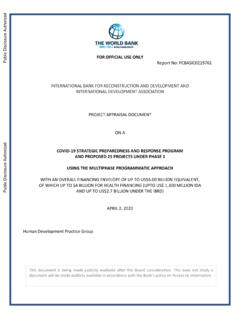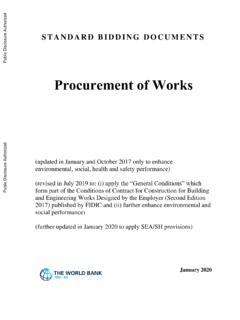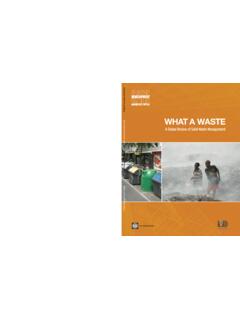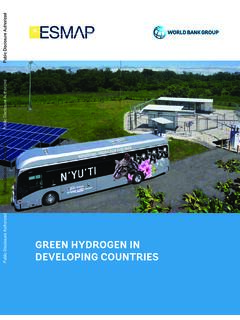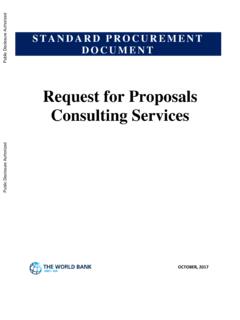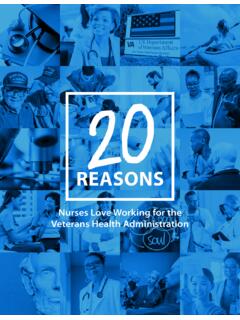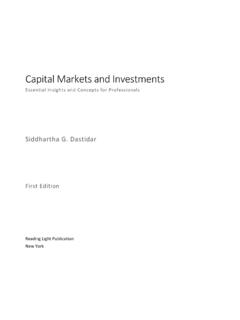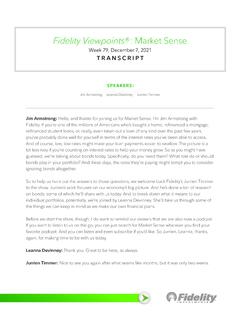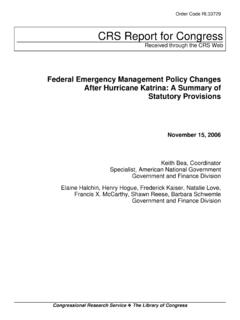Transcription of Financial Inclusion and Inclusive Growth
1 Policy Research Working Paper8040 Financial Inclusion and Inclusive GrowthA Review of Recent Empirical EvidenceAsli Demirguc-KuntLeora KlapperDorothe SingerDevelopment Research GroupFinance and Private Sector Development TeamApril 2017 WPS8040 Public Disclosure AuthorizedPublic Disclosure AuthorizedPublic Disclosure AuthorizedPublic Disclosure AuthorizedProduced by the Research Support TeamAbstractThe Policy Research Working Paper Series disseminates the findings of work in progress to encourage the exchange of ideas about development issues. An objective of the series is to get the findings out quickly, even if the presentations are less than fully polished.
2 The papers carry the names of the authors and should be cited accordingly. The findings, interpretations, and conclusions expressed in this paper are entirely those of the authors. They do not necessarily represent the views of the International Bank for Reconstruction and Development/World Bank and its affiliated organizations, or those of the Executive Directors of the World Bank or the governments they Research Working Paper 8040 This paper is a product of the Finance and Private Sector Development Team, Development Research Group. It is part of a larger effort by the World Bank to provide open access to its research and make a contribution to development policy discussions around the world.
3 Policy Research Working Papers are also posted on the Web at The authors may be contacted at There is growing evidence that appropriate Financial services have substantial benefits for consumers, especially women and poor adults. This paper provides an overview of Financial Inclusion around the world and reviews the recent empirical evidence on how the use of Financial products such as payments services, savings accounts, loans, and insurance can contribute to Inclusive Growth and economic development. This paper also discusses some of the challenges to achieving greater Financial Inclusion and directions for future research.
4 Financial Inclusion and Inclusive Growth : A Review of Recent Empirical Evidence Asli Demirguc-Kunt, Leora Klapper, and Dorothe Singer JEL: D14, G02, G28 Keywords: Consumer Finance; Financial Inclusion ; Financial Institutions; Government Policy and Regulation 2 1 Introduction Financial Inclusion means that adults have access to and can effectively use a range of appropriate Financial services. Such services must be provided responsibly and safely to the consumer and sustainably to the provider in a well regulated environment. At its most basic level, Financial Inclusion starts with having a deposit or transaction account at a bank or other Financial institution or through a mobile money service provider, which can be used to make and receive payments and to store or save money.
5 Yet 2 billion or 38 percent of adults reported not having an account in 2014 (Demirguc-Kunt et al., 2015). Financial Inclusion also encompasses access to credit from formal Financial institutions that allow adults to invest in educational and business opportunities, as well as the use of formal insurance products that allow people to better manage Financial risks. This paper provides a brief overview of Financial Inclusion around the world and discusses the benefits of Financial Inclusion and how they can contribute to Inclusive Growth and economic development, summarizing related empirical It concludes by outlining some of the challenges to realizing the benefits of Financial Inclusion and directions for future research.
6 Financial Inclusion can help reduce poverty and inequality by helping people invest in the future, smooth their consumption, and manage Financial risks. Adults around the world and in all income groups use an array of different Financial services. However, many low-income adults rely on informal Financial services (Collins et al., 2009). Access to formal Financial services allows people to make Financial transactions more efficiently and safely and helps poor people climb out of poverty by making it possible to invest in education and business. By providing ways to manage income shocks like unemployment or the loss of a breadwinner, Financial Inclusion can also prevent people from falling into poverty in the first place.
7 This is especially relevant for people living in the poorest households. Financial Inclusion also benefits society more broadly. Shifting payments from cash into accounts allows for more efficient and more transparent payments from governments or 1 See Klapper, et al. (2016) for a review of how Financial Inclusion can help achieve the Sustainable Development Goals (SDG s). See Karlan and Morduch (2010) and Beck (2015) for surveys of the literature on access to finance and Cull et al. (2014) for a summary of the benefits of Financial Inclusion . 3 businesses to individuals and from individuals to government or businesses.
8 Although no conclusive evidence exists at this point, access to the formal Financial system and appropriate credit can potentially facilitate investments in education and business opportunities that could, in the long term, boost economic Growth and productivity. Most of the attention and research on household finance and economic development in the past two decades has been on the impact of microcredit. Celebrated by many as an effective development tool, microcredit was the basis for the 2006 Nobel Peace Prize. But as rigorous evaluations of the development impacts of microcredit became more common and evidence started to accumulate of the more mixed effects of access to microcredit for low-income individuals, there has been a shift in focus in recent years towards account ownership and the savings and payments services accounts can provide.
9 Similarly, there has also been an increased focus on insurance, especially agricultural insurance. There is some evidence that Financial depth a concept related to but distinct from Financial Inclusion also can contribute to shared economic Growth and development. While Financial Inclusion is typically measured by ownership of an account by individuals, Financial development is measured by macro-level indicators, such as market capitalization of the stock market or a country s ratio of credit to gross domestic product (GDP). Many factors influence both a country s level of Financial Inclusion and Financial development, including income per capita, good governance, the quality of institutions, availability of information, and the regulatory environment (Allen et al.)
10 2016; Rojas-Suarez 2010; Karlan et al. 2014; Park and Mercado 2015). Research has empirically linked measures of Financial depth with greater economic Growth and lower income inequality (King and Levine 1993; Beck et al. 2000; Clark et al. 2006; Beck et al. 2007; Demirguc-Kunt and Levine, 2009). However, the relationship between Financial Inclusion , inequality, and macroeconomic Growth is not yet well understood, and there is relatively limited research on the topic. In their study of towns in Mexico where bank branches were rapidly opened, Bruhn and love (2014) use a natural experiment to argue that increased access to Financial services leads to an increase in income for low-income individuals by allowing informal business owners to keep their businesses open and creating an overall increase in employment.
